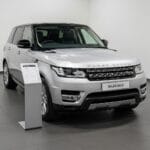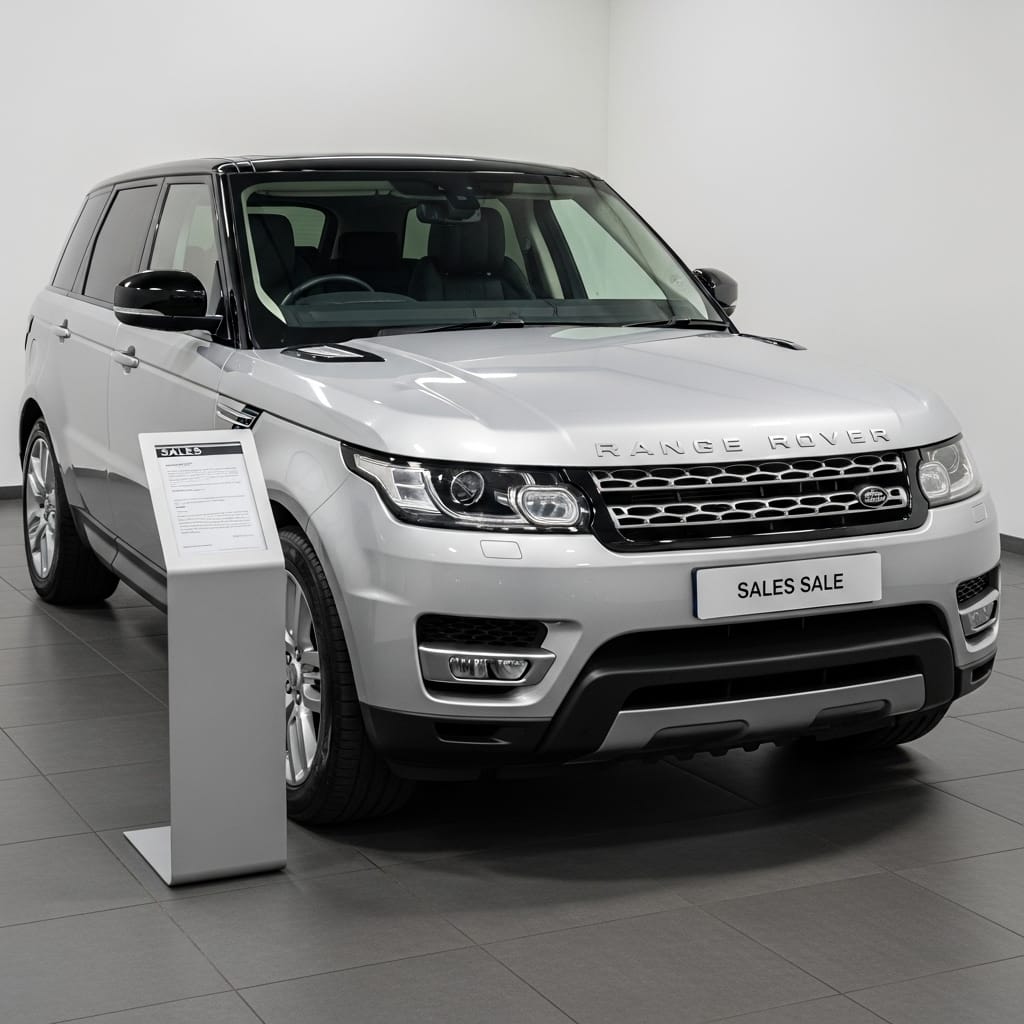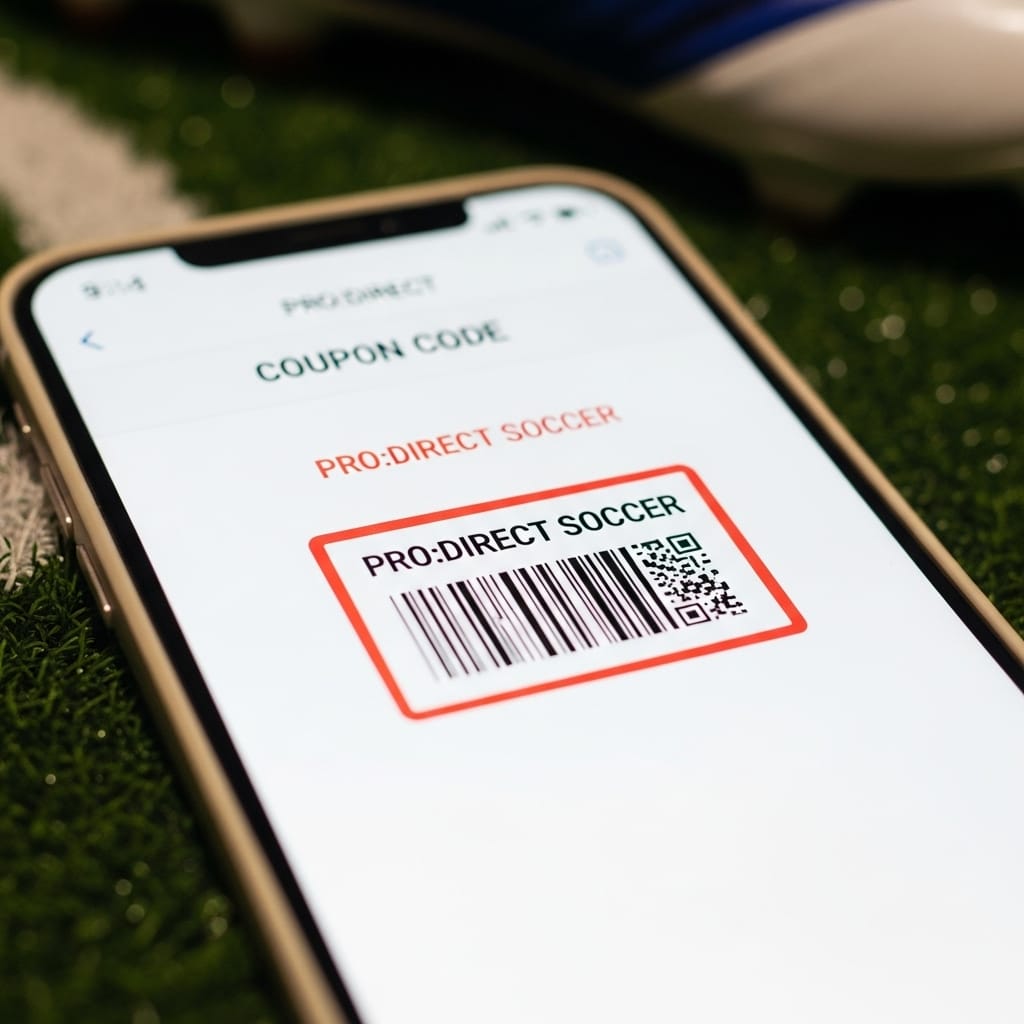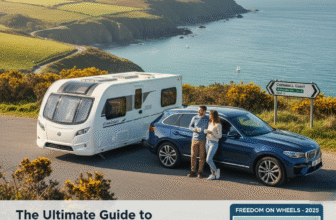
Range Rover Sport for Sale: Your Ultimate Guide to Buying a British Icon
The Range Rover Sport. The very name conjures images of effortless style, commanding road presence, and the kind of go-anywhere capability that has become synonymous with the Land Rover marque. It’s a vehicle that feels just as at home navigating the sophisticated streets of Knightsbridge as it does conquering a muddy trail in the Cotswolds. For many in the United Kingdom, owning a Range Rover Sport is more than just a transportation choice; it’s an aspiration, a statement of success and a passport to a world of luxury and adventure. If you’re currently scouring the market for a “Range Rover Sport for sale,” you’re on the cusp of joining an exclusive club. But before you take the plunge, this comprehensive guide will walk you through everything you need to know about finding, buying, and owning this quintessential British SUV.
The Allure of the Sport: More Than Just a Smaller Range Rover
It’s a common misconception to view the Range Rover Sport as merely a downsized version of its bigger sibling, the full-fat Range Rover. While it certainly shares the same prestigious DNA and a host of luxurious appointments, the Sport was engineered from the outset with a different philosophy in mind. It was designed to be the driver’s Range Rover, blending the brand’s legendary off-road prowess with a more dynamic, agile, and engaging on-road driving experience. This unique blend is precisely what has cemented its popularity and made it one of the most desirable SUVs on the planet.
From its launch in 2005, the Sport carved its own niche. The first generation, built on the Discovery 3’s integrated body frame, was a revelation. It offered a sportier stance, a more driver-focused cockpit, and a range of powerful engines that delivered exhilarating performance. It was an instant hit, perfectly capturing the zeitgeist of the mid-2000s and appealing to a new, younger demographic of buyers who craved the Range Rover image but desired a more performance-oriented drive. As you browse listings, you’ll find these early models offer an accessible entry point into ownership, though careful inspection is paramount.

Generations of Excellence: Choosing Your Perfect Range Rover Sport
Understanding the evolution of the Range Rover Sport is key to making an informed purchase. The model has seen two primary generations, each with its own significant updates, facelifts, and special editions.
The First Generation (L320): 2005 – 2013
The original trailblazer. The L320 brought the sporty Range Rover concept to life. Early models were available with a range of petrol and diesel engines, with the supercharged V8s offering thunderous performance that could startle sports cars of the era. The interior, while perhaps feeling a little dated by today’s standards with its chunkier buttons and older infotainment system, still exudes a sense of robust luxury.
A significant facelift arrived in 2010, bringing with it a much-needed interior overhaul. The cabin was dramatically modernised, with higher-quality materials, a more streamlined dashboard design, and updated technology that brought it closer to the flagship Range Rover. Engine options were also improved, with the introduction of the more powerful and efficient 3.0-litre TDV6 diesel engine, which quickly became the powertrain of choice for most UK buyers. When looking at these models, the post-2010 facelift versions often represent a sweet spot between affordability and modern creature comforts.
- What to look for: A comprehensive service history is non-negotiable. Check the air suspension system thoroughly – listen for any strange noises and ensure the car raises and lowers correctly. The electronic parking brake can also be a point of failure. Early V8s can be thirsty, so be prepared for significant fuel bills.
- Lesser-known fact: The L320’s chassis, known as the T5 platform, was a heavy, integrated body-on-frame setup. While this made it incredibly tough and capable off-road, it also contributed to its significant weight, a characteristic the second generation would address directly.
The Second Generation (L494): 2013 – 2022
If the first-generation Sport was a success, the second generation was a masterpiece. Unveiled in 2013, the L494 was a revolutionary leap forward. It ditched the heavy integrated body frame in favour of an all-aluminium monocoque chassis, the same technology used in the flagship L405 Range Rover. This change alone shaved off a colossal 420kg, transforming the vehicle’s dynamics. The new Sport was faster, more agile, and significantly more fuel-efficient across the board.
The design was an evolution, sleeker and more contemporary, borrowing cues from the elegant Evoque. The interior was a complete revelation, boasting a level of luxury, technology, and craftsmanship that elevated it into a different league. The introduction of the dual-screen Touch Pro Duo infotainment system in later models further cemented its position as a tech-forward luxury SUV. This generation also saw the introduction of a wider array of engine choices, including efficient four-cylinder Ingenium diesels, potent V6s, thunderous V8s, and, crucially, the introduction of Plug-in Hybrid (PHEV) models like the P400e, offering silent electric-only running for city commutes.
- What to look for: As with any modern, complex vehicle, a full main dealer or specialist service history is vital. Check that all the electronics and the infotainment system work as they should. On PHEV models, investigate the battery’s health and charging history. The sheer amount of technology means that electrical gremlins can be expensive to fix, so a thorough diagnostic check is a wise investment.
- Lesser-known fact: In 2017, a Range Rover Sport P400e became the first-ever vehicle to climb the 999 steps to Heaven’s Gate in China, a testament to its incredible blend of hybrid technology and off-road capability.
Engine Choices and Trim Levels: Tailoring the Sport to Your Lifestyle
One of the great appeals of the Range Rover Sport is the breadth of choice available. Whether you’re a high-mileage motorway cruiser, a city-dweller, or a performance enthusiast, there’s an engine and trim combination to suit you.
The Heart of the Matter: Powertrains
- Diesel Dominance (SDV6/D300): For most UK buyers, the 3.0-litre V6 diesel engines have long been the pick of the bunch. They offer a fantastic blend of effortless torque for towing and overtaking, combined with respectable fuel economy for a vehicle of this size and stature. They are smooth, refined, and make for a wonderfully relaxing long-distance companion.
- Petrol Power (V6/V8 Supercharged/P400): For those who prioritise performance, the supercharged petrol engines are hard to beat. The V8s, in particular, offer a soundtrack and a level of acceleration that is utterly addictive. Later models introduced smooth and powerful straight-six petrol engines (P400) with mild-hybrid technology, providing a great balance of power and improved efficiency.
- The Hybrid Future (P400e): The Plug-in Hybrid models are an excellent choice for those with a shorter commute who can charge at home. The ability to run on pure electric power for up to 30 miles significantly reduces running costs and emissions for daily driving, while the petrol engine provides the long-range capability you expect from a Range Rover.
Dressing for the Occasion: Trim Levels
The hierarchy of trim levels allows you to specify your Sport from a well-equipped base to the height of luxury.
- HSE (High Specification Equipment): Often considered the entry-point, but “basic” is not a word in the Range Rover vocabulary. HSE models come generously equipped with leather seats, satellite navigation, premium sound systems, and a host of other luxury features.
- HSE Dynamic: Adds a sportier flavour with unique exterior styling cues, larger alloy wheels, and often, enhanced interior trim options like two-tone leather.
- Autobiography Dynamic: This is where things get truly opulent. Expect the highest-grade semi-aniline leather, often with massage and climate functions, a sliding panoramic roof, an upgraded Meridian surround sound system, and a full suite of driver assistance technologies. The Autobiography represents the pinnacle of Sport luxury.
- SVR (Special Vehicle Racing): If the standard Sport isn’t quite exciting enough, the SVR, developed by Jaguar Land Rover’s Special Vehicle Operations, turns everything up to eleven. With a fire-breathing 5.0-litre Supercharged V8 producing upwards of 575 horsepower, a switchable sports exhaust that sounds like rolling thunder, and a chassis tuned for ultimate on-road performance, the SVR is a super-SUV in the truest sense. It’s a raw, visceral, and utterly unforgettable machine.
The Buyer’s Checklist: What to Scrutinise Before You Buy
Finding a Range Rover Sport for sale is the easy part; finding the *right* one requires diligence. Going in with a clear checklist can save you from a world of financial pain down the line.
- Service History is King: We’ve mentioned it before, but it bears repeating. A stamped book from a main dealer or a recognised independent specialist is the single most important document. It shows the car has been cared for correctly and that any recall work has been completed.
- The Air Suspension: This is a signature Range Rover feature but also a potential weak point if neglected. Test it thoroughly. Park the car on a level surface and cycle through all the height settings. It should raise and lower smoothly and without taking an excessively long time. Listen for a constantly running compressor, which could signal a leak.
- Electrics, Electrics, Electrics: Modern Range Rover Sports are packed with technology. Take your time inside the cabin and test everything. The infotainment screen, satellite navigation, digital driver’s display, heated and cooled seats, parking sensors, cameras – press every button and check every function.
- Bodywork and Chassis: Inspect the bodywork for signs of poor accident repair, such as mismatched paint or uneven panel gaps. Crucially, get a look underneath. While they are incredibly capable off-road, check for any damage to the subframes, suspension components, or exhaust from over-enthusiastic green-laning.
- Tyres and Brakes: These are heavy, powerful vehicles that can be hard on their consumables. Check the condition of the tyres – premium, matching brands are a good sign of a careful owner. Look at the brake discs and pads for wear. Replacing these on a Range Rover Sport can be a costly exercise.
- Take a Thorough Test Drive: Drive the car on a variety of roads – a slow town crawl, a fast A-road, and a dual carriageway if possible. Listen for any unusual noises from the engine, transmission, or suspension. The gear changes should be smooth and almost imperceptible. Feel for any vibrations through the steering wheel or floor.
Embracing the Ownership Experience
Owning a Range Rover Sport is a unique and rewarding experience. It’s a car that makes every journey feel like an occasion. The high driving position gives you a commanding view of the road ahead, instilling a sense of safety and confidence. The cabin is a sanctuary of calm and luxury, insulating you from the hustle and bustle of the outside world. And when the mood takes you, or the weather turns, you have the reassurance of knowing you are in one of the most capable vehicles on the road.
Yes, running costs will be higher than a typical family hatchback. Fuel, insurance, and maintenance will all command a premium. But this is not a typical family hatchback. It is an engineering marvel that blends luxury, performance, and utility in a way few other vehicles can match. By doing your homework, choosing a well-cared-for example, and committing to proper maintenance, the dream of owning this British icon can become a truly wonderful reality. Happy hunting!







